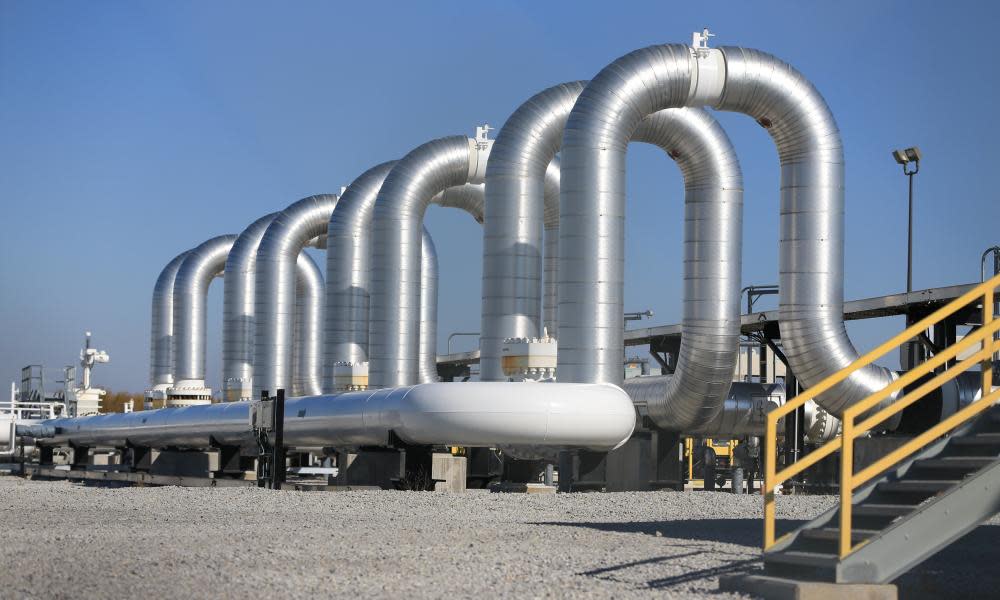How Keystone XL, the pipeline rejected by Obama, went ahead under Trump

2008
TransCanada proposes expanding an existing pipeline to transport oil from Hardisty, Alberta to Port Arthur, Texas, to transfer Canadian tar sands oil to US refineries. It was scheduled to be completed by 2013.
July 2010
The Environmental Protection Agency concludes that a state department assessment of the environmental impact of pipeline was insufficient, slowing the approval process.
November 2011
With a US government decision on the pipeline due by the end of 2011, thousands of people protest at the White House in a bid to persuade Barack Obama to block it. Environmental groups frame the decision as one that will define Obama’s legacy on climate change.
US state department, which is involved because the pipeline crosses the US-Canada border, tells TransCanada to reroute the pipeline. TransCanada agrees.
January 2012
Obama rejects TransCanada’s application to build the pipeline, but holds the door open to considering a new submission.
May 2012
TransCanada submits new application to the US state department for the northern section of the project.
March 2013
The state department publishes an environmental review which says the pipeline would not have a big impact on greenhouse gas emissions. The southern leg of the pipeline, from Cushing, Oklahoma, to the gulf coast, is also completed in 2013.
January 2014
The state department reiterates its view that carbon emissions from the project would not be significant.
November 2014
A Senate bill to approve the pipeline fails to secure enough votes.
January 2015
The Nebraska supreme court approves the route of the pipeline through the state, removing one of the last obstacles to the project and placing the ball in Obama’s court.
February 2015
Obama uses his presidential powers to veto a Republican bill that would allow the pipeline to go ahead.
November 2015
Weeks before the historic Paris climate change conference, Obama says the state department has rejected the pipeline and he agrees with the decision. He argued it would undercut US leadership on reducing carbon emissions. TransCanada said the decision was bad for the US and Canadian economies.
January 2017
Within days of taking office, Donald Trump signs an executive order to revive the Keystone XL pipeline, as well as the fiercely opposed Dakota Access pipeline. Two days later, TransCanada submits a presidential permit application to the state department.
March 2017
The state department issues a permit allowing the pipeline to be built. It says foreign policy and energy security and environmental issues were all considered.

 Yahoo News
Yahoo News 
